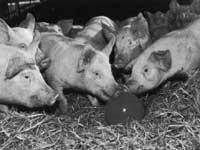Diseases without borders
2000/11/26 Kortabarria Olabarria, Beñardo - Elhuyar Zientzia
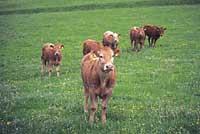
Animal-borne diseases begin to worry about world health experts. No wonder, as more and more news of such infections. Diseases are not new, but they are already exceeding the usual limits. If the reason for this had to come in a word, we should mention globalization. In an ever smaller and closer world, trade in animals and animal products is no longer limited to the only states, but the international movement is growing. Of course, in this overcoming of borders, human transit, tourism and emigration also contribute to the transmission of diseases.
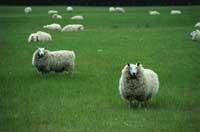
According to FAO representatives "Cross-border animal diseases are a major threat. In the world there is no country that has no risk against these diseases. In an increasingly global world, veterinary inspection systems are needed to detect these diseases." Examples of this risk are numerous, such as the case of Yemen, mentioned above. In that country 30 people died from the Rift Valley fever, and the deaths in Saudi Arabia, border with Yemen, were 33. Thus, for the first time, Rift Valley disease surpassed the African border. Foot and mouth disease also appeared in South Africa in September. More than 700 pigs were killed and it was forbidden to enter and leave 10 kilometers from the place of the disease. So far, this disease was not known below central Africa. Europe is not without danger, as cases of blue language appeared in Bulgaria and Italy earlier this year. Until then it had not been known in the area.
Therefore, there is no reason to be frightened, but there is danger. There is a worldwide organization responsible for these issues: World Animal Health Organization. This organization divides animal diseases into two large groups. In a group it introduces diseases of great expansive and at the same time serious capacity. These diseases are important from the health and socioeconomic point of view. The other group includes diseases with lower diffusion capacity. Although the evils of both groups are many (more than 100), some are remarkable:
- Foot and mouth disease: easily transmitted produces large economic losses. Adult animals are not very affected, but the mortality rate among young people is usually very high. It can infect cows, sheep, pigs... The virus has numerous transmission routes and is endemic in Asian, African, Eastern and South American regions.
- Rinderpest: This disease causes numerous deaths and has a great influence on food.In addition to cows, pigs, sheep and some animals can catch base disease. There is no curative treatment of the disease, but since there is a vaccine, according to the global program of eradication of rinderpest, it disappears by 2010.
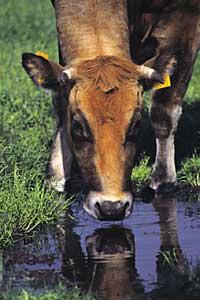
- Nodular dermatosis: It appears mainly in West Africa and Egypt. When it occurs it causes numerous deaths and has a great influence on milk production. It is traversed by flies and mosquitoes, but there is no specific insect that has transmitted this disease. In 1989, the disease was also detected in Israel. All infected animals were killed.
- Rift Valley Fever: It can cause damage to all types of animals, including man. It kills many young animals and among ruminant animals many abortions occur for their fault. It can be transmitted by insects or by direct contact, especially in the case of men who handle infected animals. As noted above, it is a disease of sub-Saharan Africa, but it has also been detected outside of it.
- Blue language: The most frequent is that of sheep, but also that of cows and other wild animals. There is no adequate treatment but vaccination.
- African pork plague: It is actually a disease of southern Africa. However, XX. In the twentieth century it has appeared in Europe and America on several occasions, also in Spain. The last important presence dates back to 1996, when he killed a quarter of the Bolikost pigs. It was in South America and the Caribbean, but it no longer exists. There is no treatment or vaccine.
- Classic Pork Plague: It only affects pigs and boars, but it can be transmitted by man. It has been found in Asia, South America, Africa and Europe. Since there is no adequate treatment it is necessary to kill the identified pigs.
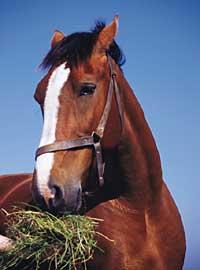
As you may have seen, some of the diseases mentioned in the previous lines are already known, they are not new and in some cases there is a vaccine to combat them. However, the World Animal Health Organization is among the most dangerous. And it is that, having not influenced many places, there is no concern for them. However, things are changing a lot, along with luxury items and, by chance, they are imported among other things, diseases.
Published in 7

Gai honi buruzko eduki gehiago
Elhuyarrek garatutako teknologia





